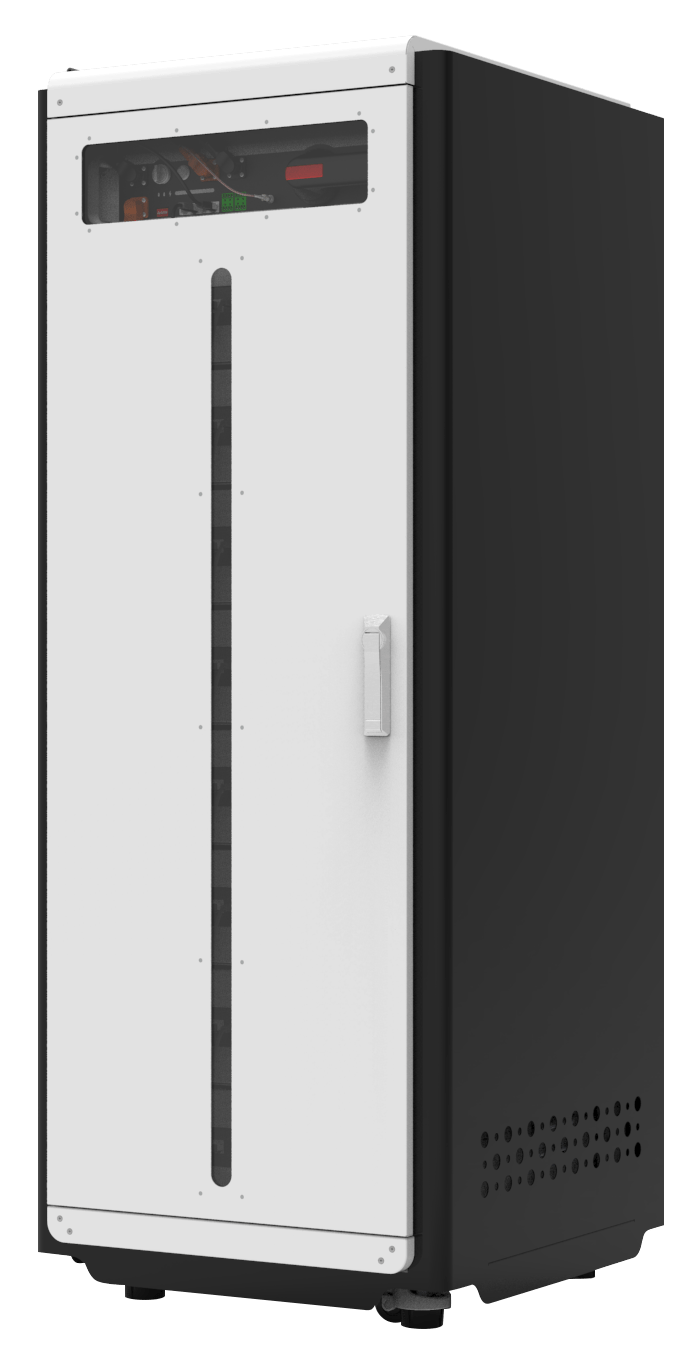Unraveling the Mystery: A Comprehensive Guide to Diagnosing Faulty Electronics
In an age where electronics are integral to our daily lives, understanding how to diagnose faulty devices is not just a skill but a necessity. Whether you are a seasoned technician or a curious hobbyist, mastering the art of troubleshooting electronics can save you time, money, and frustration. This article delves into the systematic approach to diagnosing faulty electronics, providing you with practical insights and advanced techniques that go beyond the basics.
Understanding the Basics of Electronics
Before diving into diagnostics, it’s essential to have a foundational understanding of electronic components and their functions. Electronics are built on a variety of components, including resistors, capacitors, diodes, transistors, and integrated circuits. Each component plays a specific role in the circuit, and understanding these roles is crucial for effective troubleshooting.
Step 1: Initial Assessment
The first step in diagnosing faulty electronics is to perform an initial assessment. This involves:
- Visual Inspection: Examine the device for any obvious signs of damage, such as burnt components, loose connections, or corrosion. Look for discoloration on circuit boards, which can indicate overheating.
- Check Power Supply: Ensure that the device is receiving power. Use a multimeter to measure voltage at the power input. If there’s no power, the issue may lie with the power supply or the power cord.
- Functional Testing: If the device powers on, conduct a basic functional test. Identify which features are working and which are not. This can help narrow down the faulty area.
Step 2: Isolate the Problem
Once you have a general idea of where the problem might lie, the next step is to isolate the issue. This can be done through:
- Divide and Conquer: Break down the device into smaller sections. Test each section independently to identify where the fault occurs. For example, in a television, you might test the power supply, video processing unit, and display separately.
- Use of Diagnostic Tools: Employ tools such as oscilloscopes, logic analyzers, and signal generators to analyze the behavior of the circuit. These tools can provide insights into signal integrity and component functionality.
- Component Testing: Test individual components using a multimeter. Check resistors for correct resistance, capacitors for capacitance, and diodes for forward and reverse bias. Replace any components that do not meet specifications.
Step 3: Analyze Circuit Behavior
Understanding the circuit’s behavior is crucial for diagnosing faults. This involves:
- Signal Tracing: Use an oscilloscope to trace signals through the circuit. Compare the observed signals with expected waveforms to identify discrepancies.
- Thermal Imaging: Utilize thermal cameras to detect overheating components. Excessive heat can indicate a short circuit or a failing component.
- Schematic Analysis: Refer to the device’s schematic diagram to understand the circuit layout. This can help you identify potential points of failure and understand how different components interact.
Step 4: Repair and Test
Once the faulty component or circuit has been identified, it’s time to proceed with repairs:
- Component Replacement: Replace any faulty components with new ones that meet the original specifications. Ensure proper soldering techniques are used to avoid future issues.
- Reassemble and Test: After repairs, reassemble the device and conduct thorough testing. Ensure that all functions are operational and that the device is stable under load.
- Preventive Measures: Consider implementing preventive measures to avoid future failures. This may include adding heat sinks, improving ventilation, or using higher-quality components.
Conclusion
Diagnosing faulty electronics is a multifaceted process that requires a blend of theoretical knowledge and practical skills. By following a systematic approach—starting from initial assessment to component testing and repair—you can effectively troubleshoot and resolve issues in electronic devices. As technology continues to evolve, staying updated with the latest diagnostic techniques and tools will enhance your ability to tackle complex electronic problems. Whether you’re repairing a beloved gadget or working in a professional setting, mastering these skills will empower you to navigate the intricate world of electronics with confidence.

Average Rating